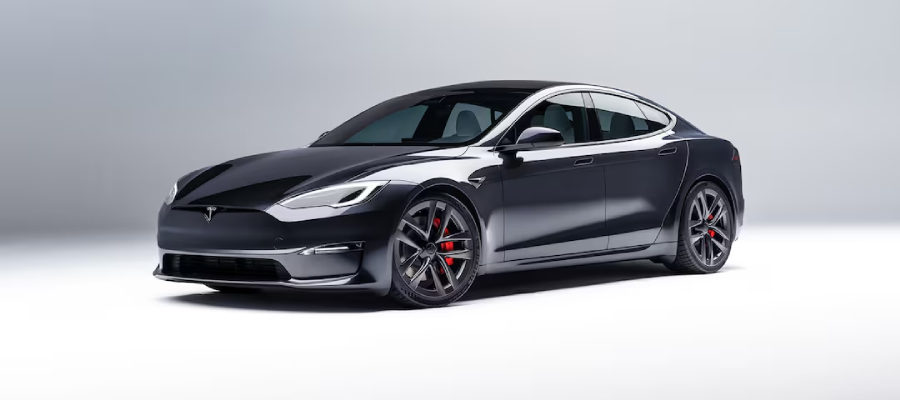
Vehicle electrification is progressing at a rapid pace worldwide, driven by stringent emissions targets set by governments aiming to curb climate change. As these targets accelerate the shift from internal combustion engines (ICE) to hybrid electric vehicles (HEVs) and battery electric vehicles (BEVs), significant changes are underway in automotive design and technology. SAR Insight eMobility market tracker projects a swift transition in vehicle sales, with a BEVs dominating the market over the next decade.
This shift towards electrification is profoundly impacting cockpit design. The reduction in engine noise, as well as the quieter operation of electric vehicles, has heightened the need for advanced technologies such as road noise cancellation to maintain a comfortable and serene cabin environment. Additionally, the influence of pioneers like Tesla cannot be understated. Tesla’s emphasis on large central displays and touch-based controls has set a new standard, prompting other OEMs to explore similar designs.
However, the trend towards a single central touchscreen has encountered criticism from some consumers and safety advocates. Concerns about driver distraction have led to a pushback, resulting in many manufacturers adopting a hybrid approach that combines physical buttons with touch controls. This approach aims to balance modern aesthetics with functional usability, enhancing both safety and user experience.
Another significant consideration in electric vehicle design is the Acoustic Vehicle Alerting System (AVAS). This system is legally mandated to ensure that the near-silent operation of EVs does not pose a risk to pedestrians and other road users, particularly at low speeds. In addition, Active Sound Design (ASD) is being increasingly utilized to create or enhance sound experiences within the cabin. This technology allows for the customization of acoustic environments, from creating a more engaging driving experience to adding a premium feel to the vehicle’s interior.
As the automotive industry continues to embrace electrification, the design of vehicle cockpits will need to adapt to new requirements and opportunities. This includes addressing the challenges of reduced engine noise, integrating innovative controls, and ensuring compliance with regulations, all while enhancing the overall driving experience.


